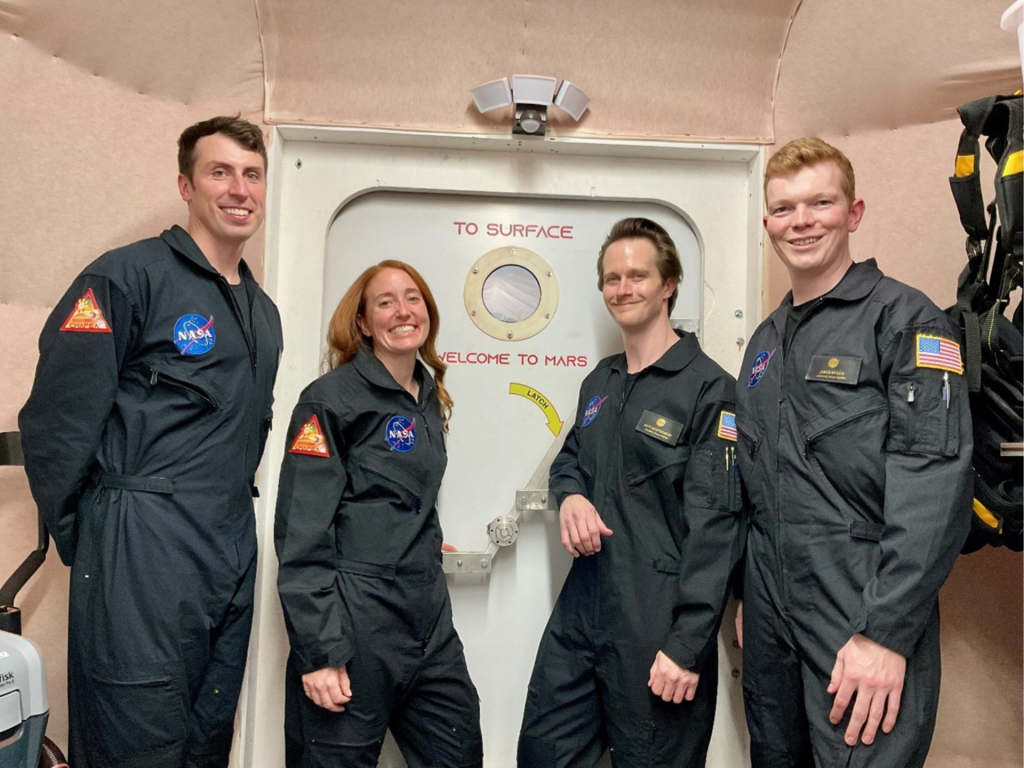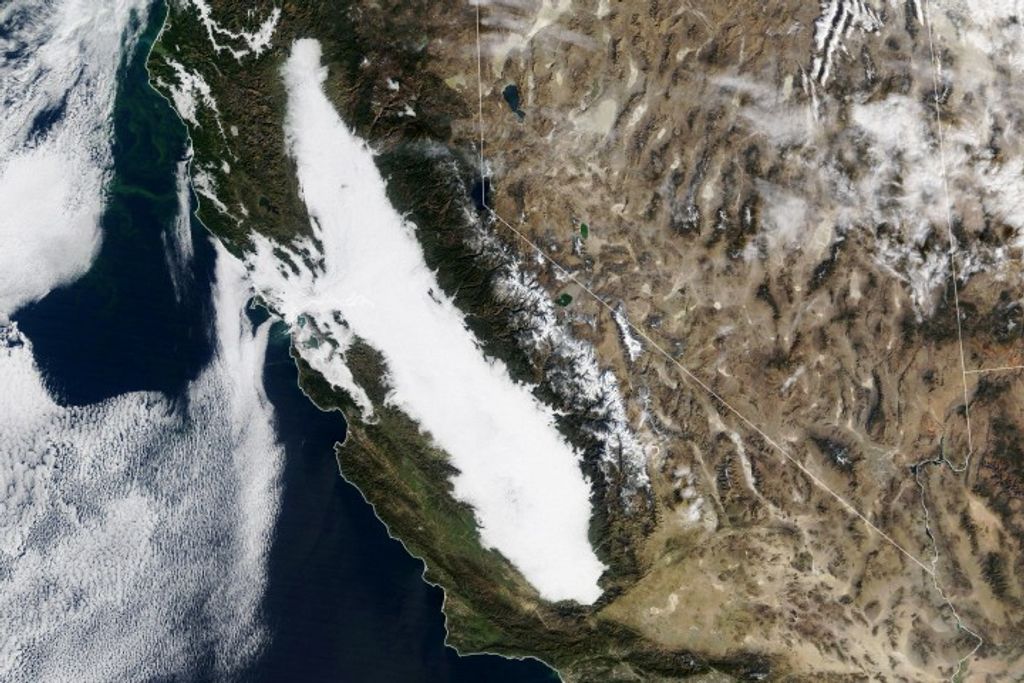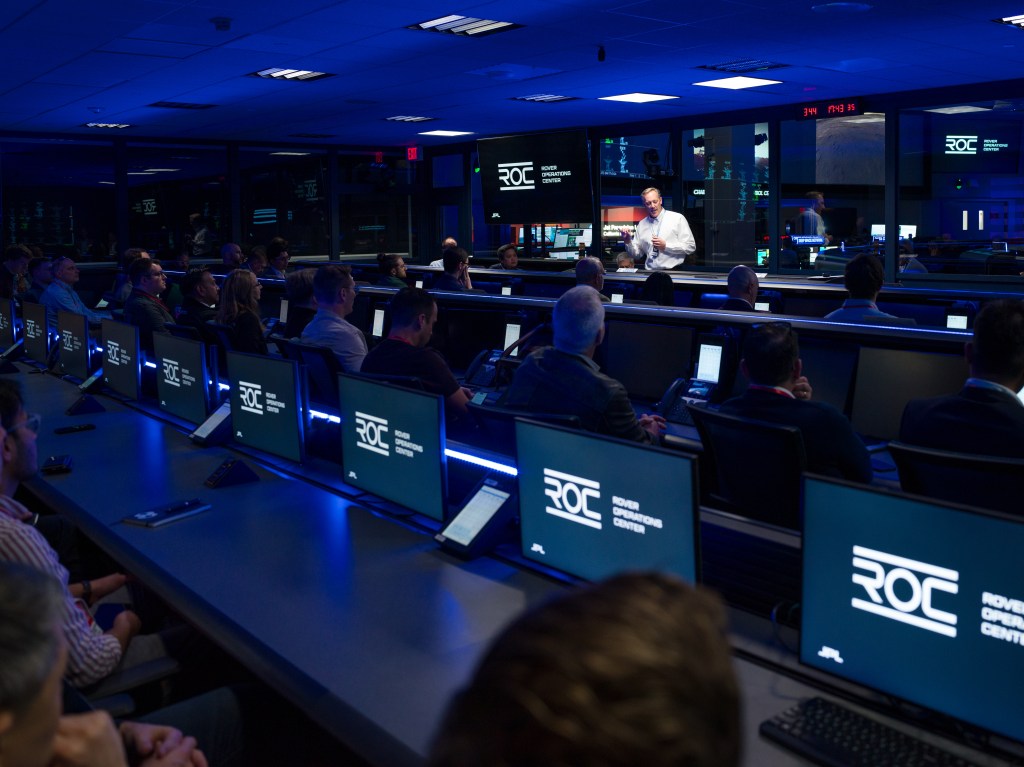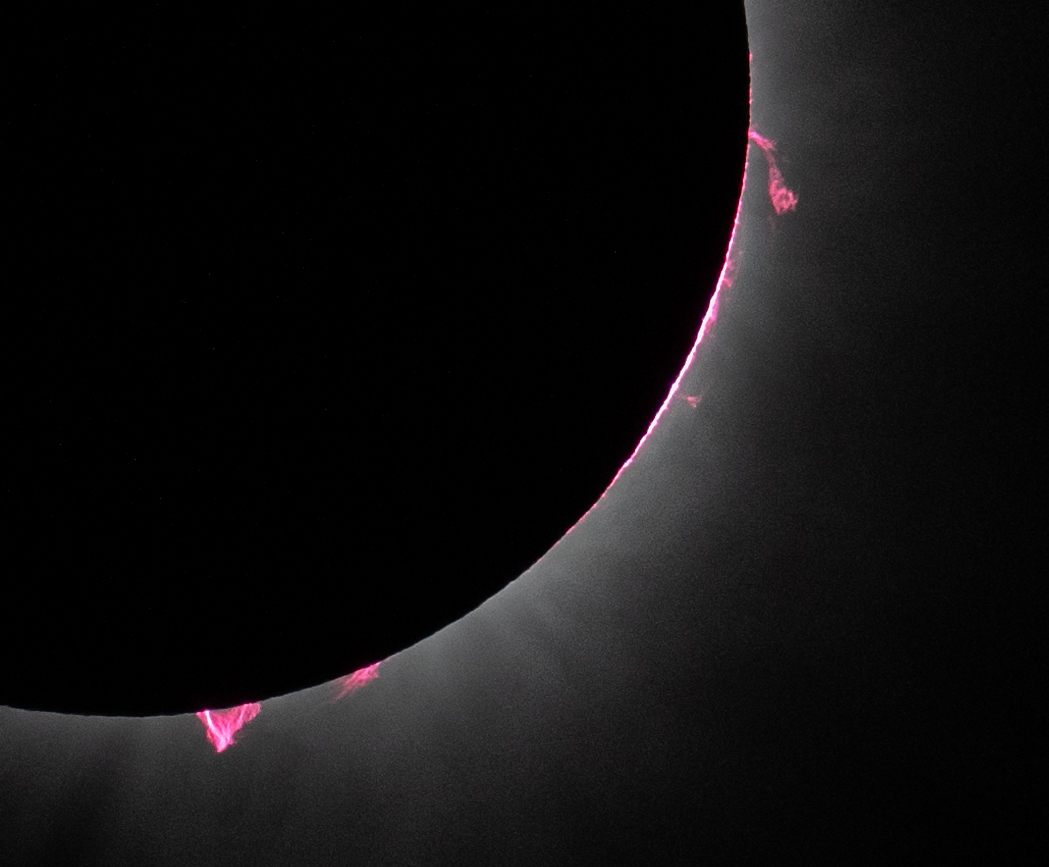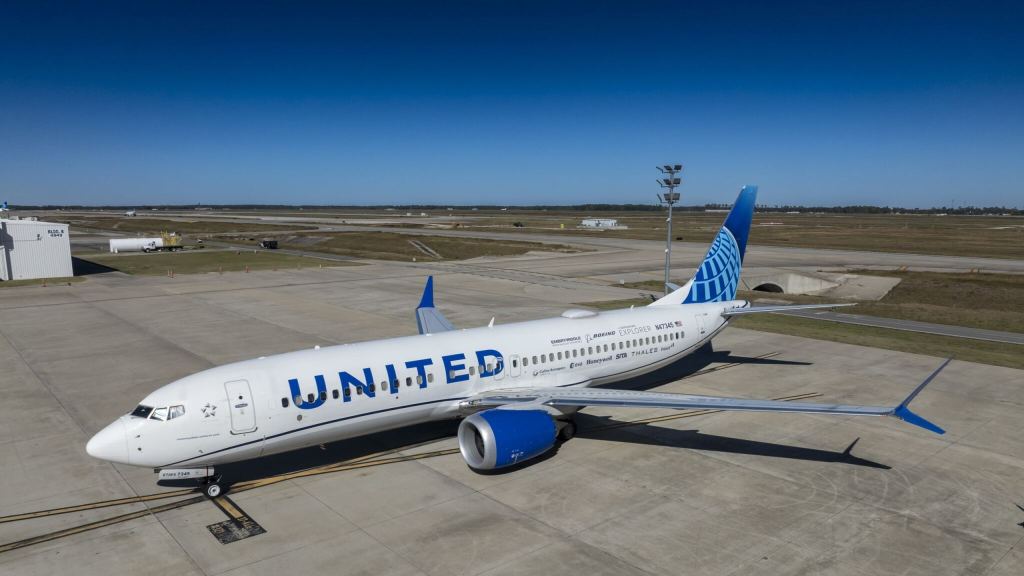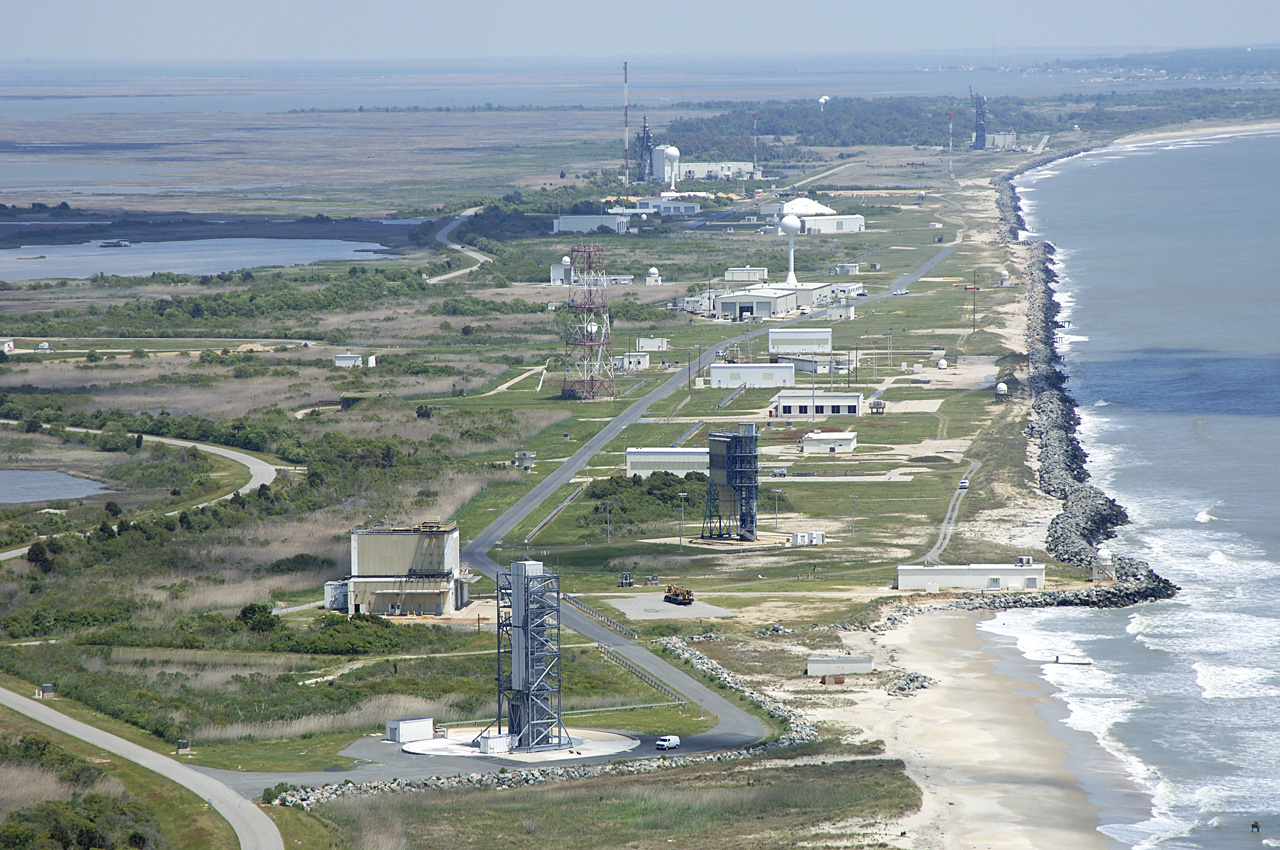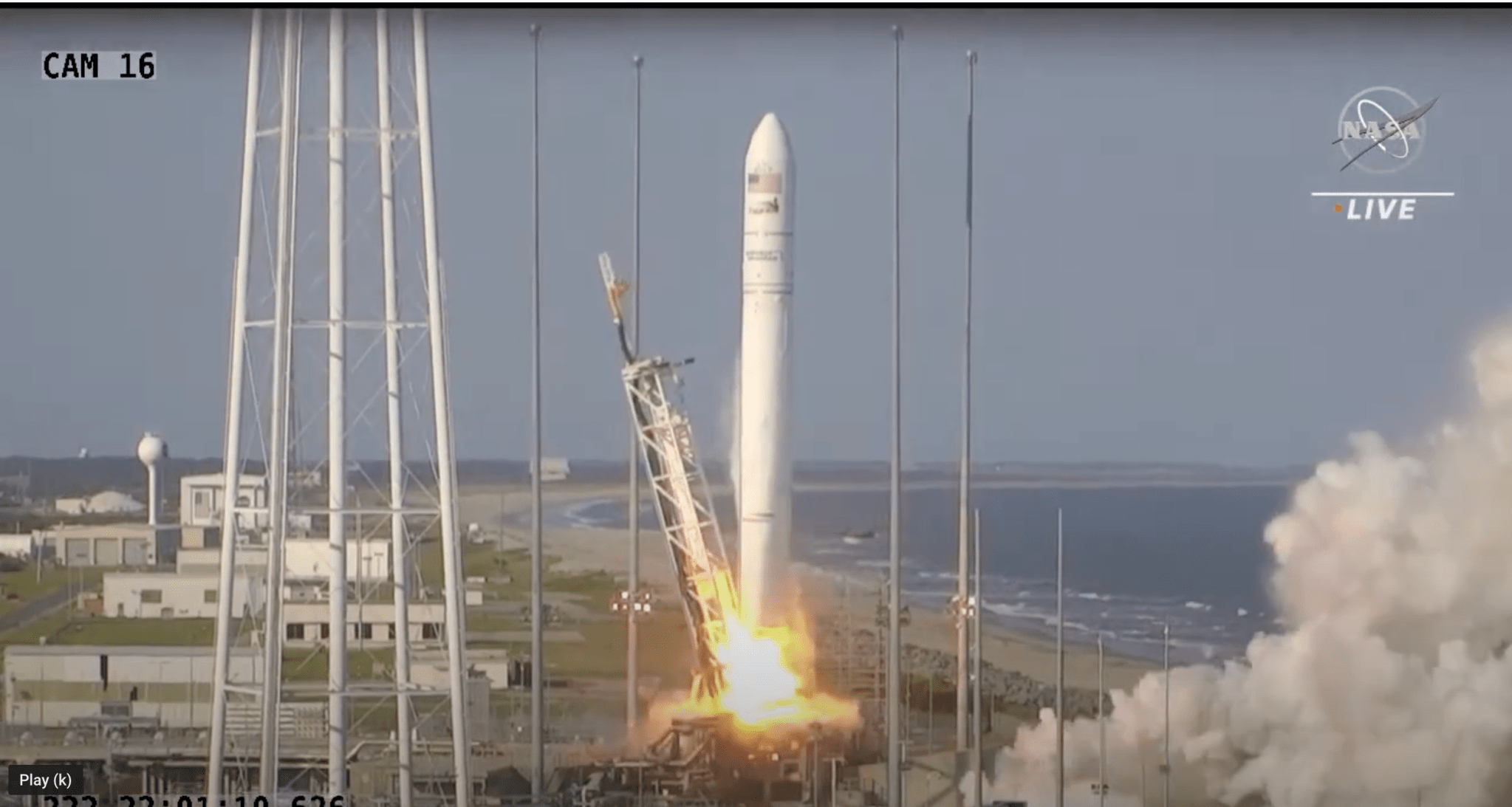What is Range Safety?
A closer look at what Range Safety encompasses:
Range Safety manages Operational Safety Support Teams at Wallops Flight Facility and remote launch sites as needed. This function involves developing detailed operational safety plans and making critical real-time decisions, including flight termination when necessary. Range Safety personnel oversee essential tracking systems, telemetry equipment, and communication networks required for monitoring launch and spaceflight operations. They provide expert assessment of flight safety parameters, serve as the authoritative safety voice during active missions, and maintain vigilant oversight to ensure operations remain within established safety boundaries, ready to respond immediately to any anomalous conditions that may arise.
Typical Range Safety Operations
– Flight Termination Systems: Management of systems designed to safely end flights if vehicles deviate from safe trajectories
– Radar & Tracking Systems: Operating tracking equipment to maintain situational awareness of vehicles in flight
– Weather Monitoring: Evaluating weather conditions that could affect vehicle safety or tracking
– Contingency Planning: Developing procedures for emergency scenarios
– Anomaly Investigation: Analyzing safety incidents or close calls








